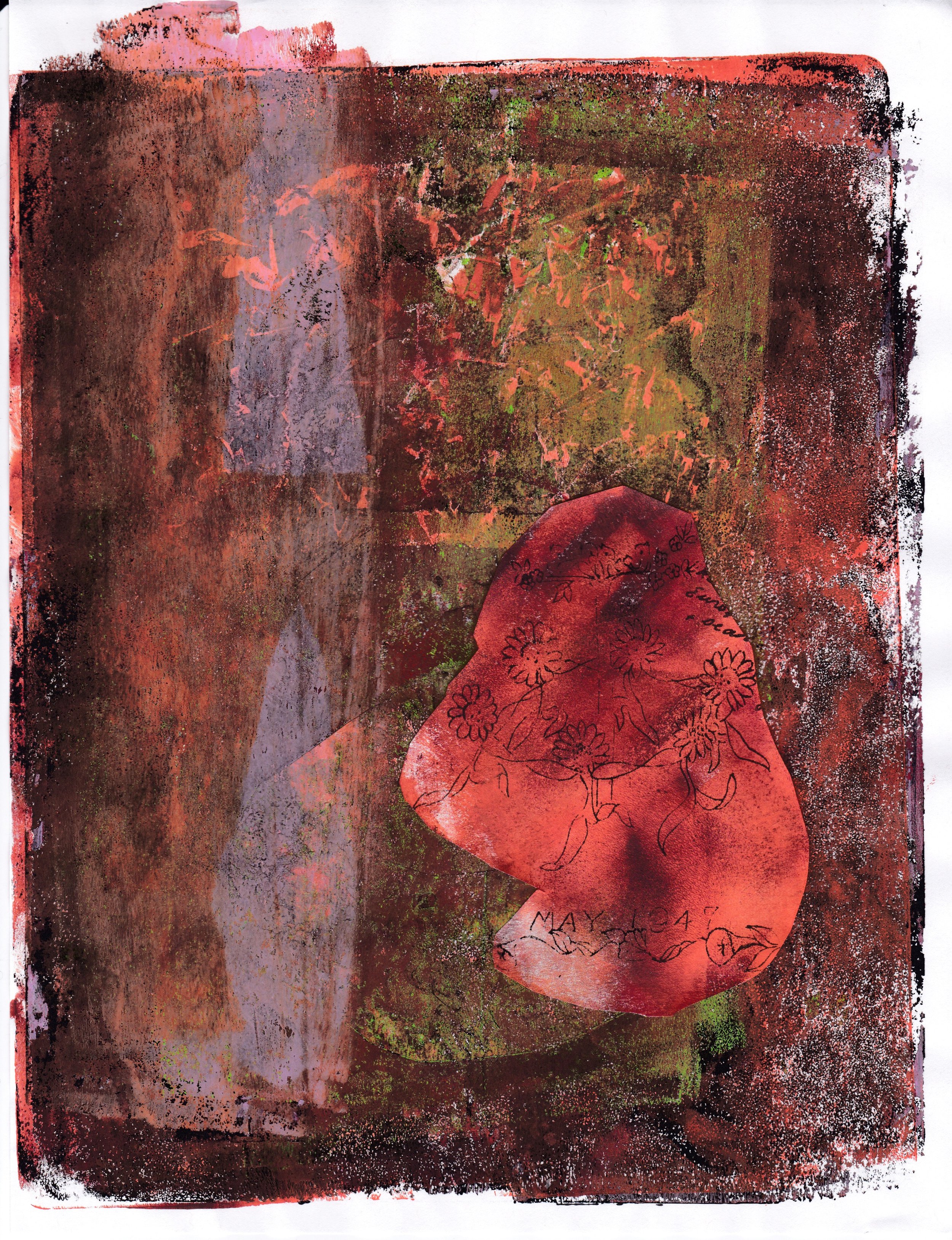How do notions of order, legibility, and coherence structure archives in theory and in practice? How do these reasonable methods determine how we think about and through archives—and the histories they index? In other words, in addition to finding madness in archives, how might we approach archives madly?
Small gatherings with fellow mad, neurodivergent, and disabled people allow us to tactilely engage the remains of mad culture. Fragmentation, juxtaposition, and layering function as strategies for disorientation, making space for new material and affective relationships to emerge. While such archives are too often sites in which madness is disavowed, these creative interventions invite us into relation with madness, transforming otherwise painful records into occasions for celebration and community.
As we play together, new stories unfold: speculative histories, imagined futures. Each gathering brings us closer to our primary source material. Passing around photocopies of newspaper articles and photographs written from within medical incarceration creates opportunities for historical engagement beyond (often inaccessible) archives; we share about a particular record and the events it documents—while also contributing oral histories of our own. Operating outside conventional circuits of historical knowledge, these moments of transfer—and the counter-archives they produce—are one way of preserving mad histories in and beyond print.
Interested in hosting or joining one of these gatherings? Reach out via our contact form to learn more about in-person and virtual offerings!
Petra Kuppers
Stephanie Heit
Petra Kuppers
Alexis Riley
Alexis Riley
Stephanie Heit
Alexis Riley
Alexis Riley
Stephanie Heit
Alexis Riley









